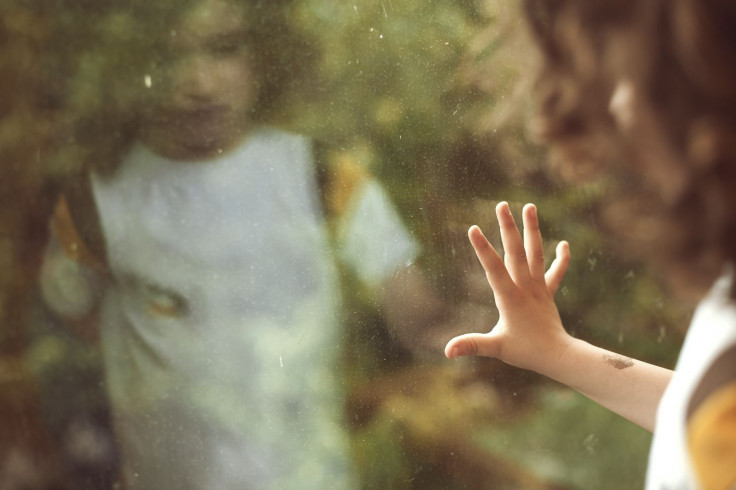Depression And Pathological Guilt In Preschoolers Put Kids On Illness Track, Perhaps For Life

Their brains are still decades away from reaching full maturity, but even preschoolers can help scientists understand how depression develops. A new study from Washington University in St. Louis finds the anatomy of young children’s brains can offer clues into how illness will develop in the ensuing years, and possibly for life.
It’s a misconception that young children are somehow immune to depression. Even kids as young as 3 years old have been diagnosed, and for good reason. Formalizing a neurological imbalance confirms depression as an illness, not just a prolonged bout of sadness. The Centers for Disease Control and Prevention estimates roughly 2.1 percent of kids 3 to 17 currently suffer from depression.
The latest investigation into preschool-age depression suggests a brain region known as the right anterior insula reliably predicts children’s future risks. In the study, depression was found to co-occur with pathological guilt, says lead author Dr. Andrew Belden.
“A child with pathological guilt can walk into a room and see a broken lamp, for example, and even if the child didn’t break it, he or she will start apologizing,” Belden explained in a press release. The guilt is pathological in that no amount of reassurance can change the child’s mind.
Belden and his colleagues wanted to learn how depression and guilt stayed with kids as they got older, particularly if both afflictions showed up early on. Using initial data on kids ages 3 to 6 — 47 who had been diagnosed with depression as preschoolers and 82 who had not — the team continued tracking the subjects as they hit adolescence. Some 55 percent of depressed children and 20 percent of the non-depressed kids also suffered pathological guilt.
Follow-up MRI scans showed significant differences in the brains of depressed children. Their right anterior insulae were noticeably smaller. This tiny brain region sits on either side of people’s head and helps control subjective awareness of the body and helps regulate negative emotional experiences. Kids who had problems with depression and guilt had smaller right anterior insulae than kids with one or the other, or neither.
“That’s not a complete surprise because for many years now, excessive guilt has consistently been a predictor of depression and a major outcome related to being depressed,” Belden remarked. What puzzles him, however, is why a smaller insula predicts a risk of depression and guilt recurrence as children get older. One theory explains the findings as pathological guilt changing the structure of the brain. Another suggests depression shrinks the insula, worsening children’s risk as they age. Belden says this is the “million-dollar question.”
If future research can bear out which factors act on the others, parents and clinicians will have more information at their disposal to prevent depression and pathological guilt from worsening, or better yet, from emerging. Prior research has found kids with early depression diagnoses were 2.5 times more likely to suffer the illness in elementary and middle school. Belden hopes to use these trends to follow anatomical changes in his subjects at least five years down the line, and perhaps even into adulthood.
In the meantime, he and his team hope to better understand how certain period effects can impact a young person’s illness.
“On the immediate horizon is a look at the effects of some things that become more common during adolescent years,” he said, “as kids hit a high-risk time for substance and alcohol abuse and other problems that often co-exist with clinical depression.”
Source: Belden A, Barch D, Oakberg T, et al. Anterior Insula Volume and Guilt Neurobehavioral Markers of Recurrence After Early Childhood Major Depressive Disorder. JAMA Psychiatry. 2014.



























